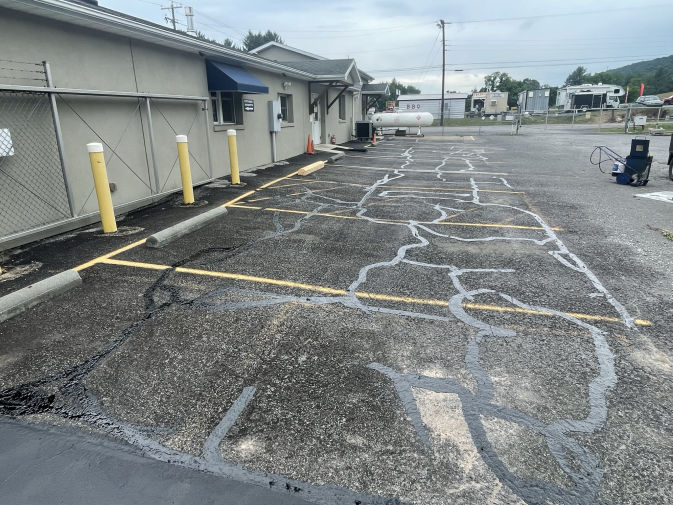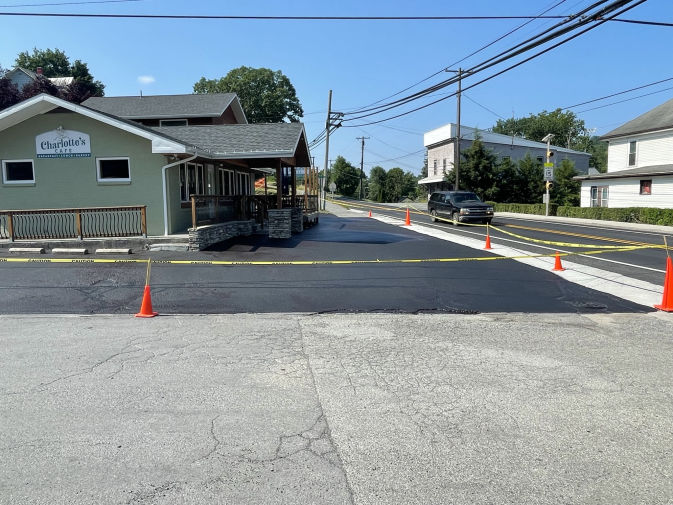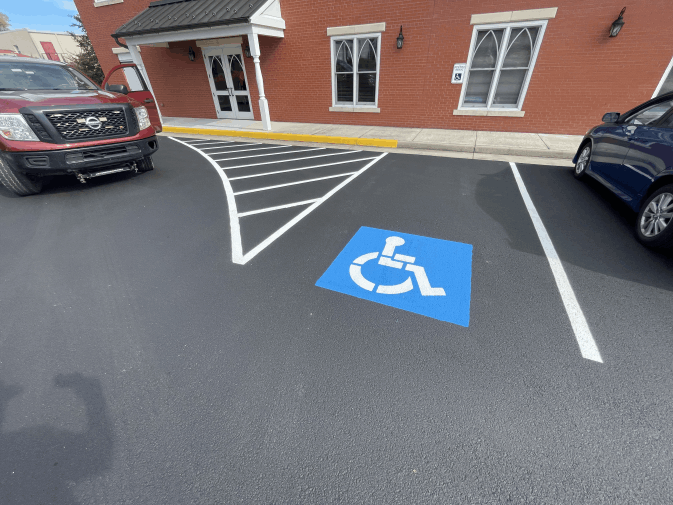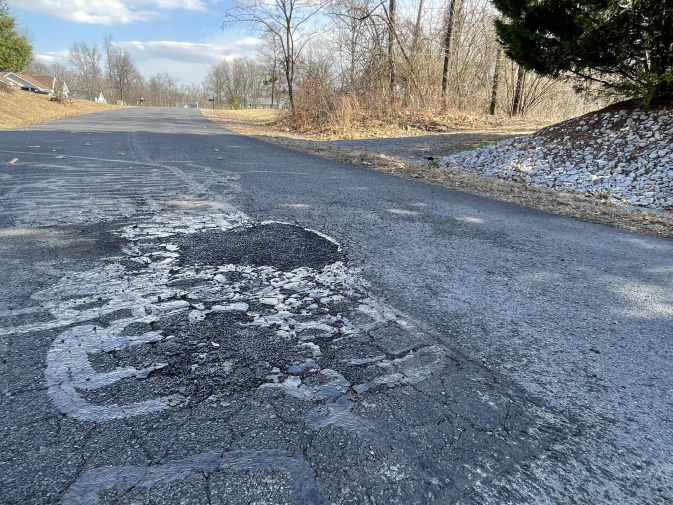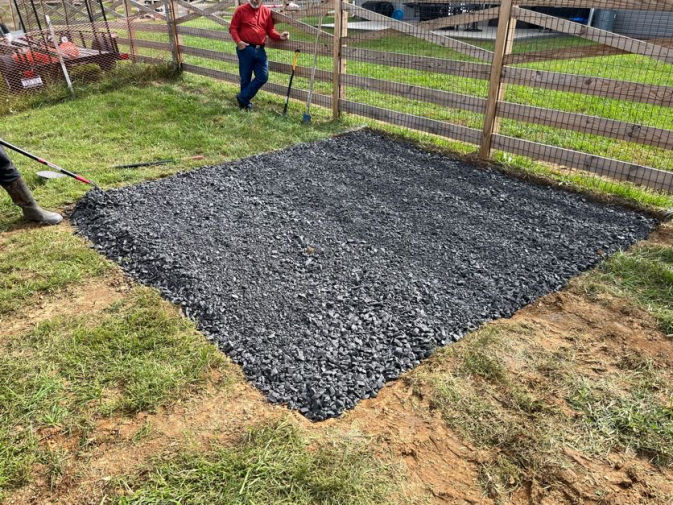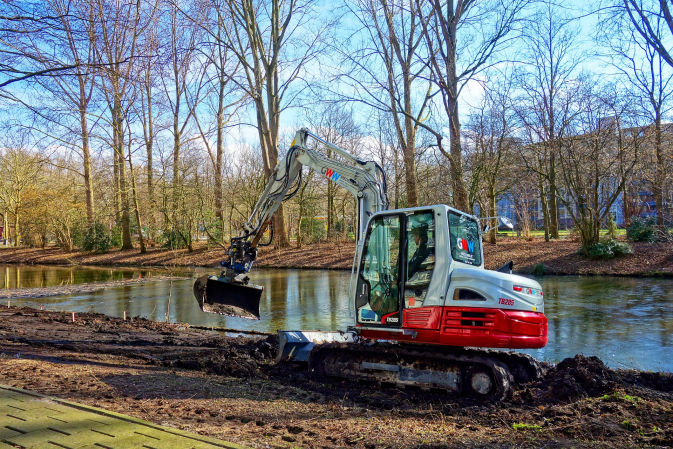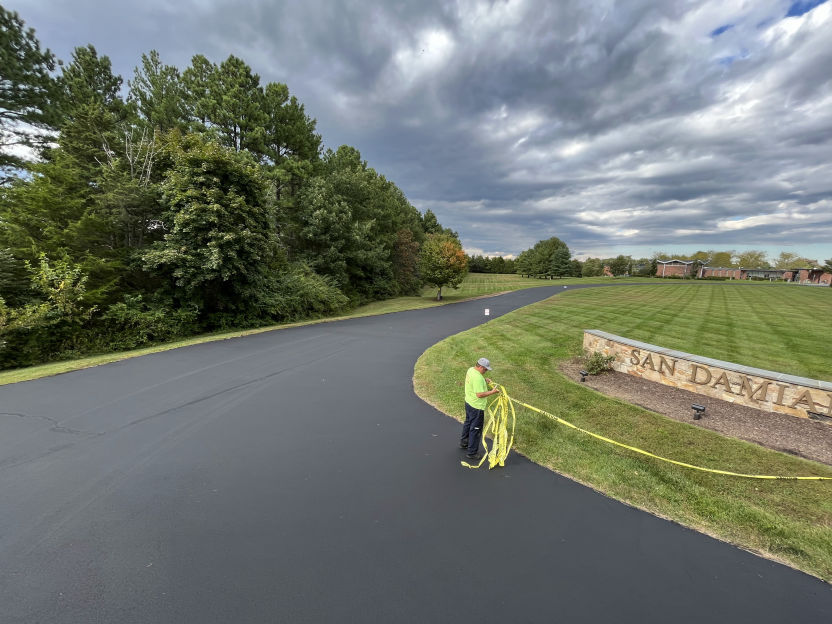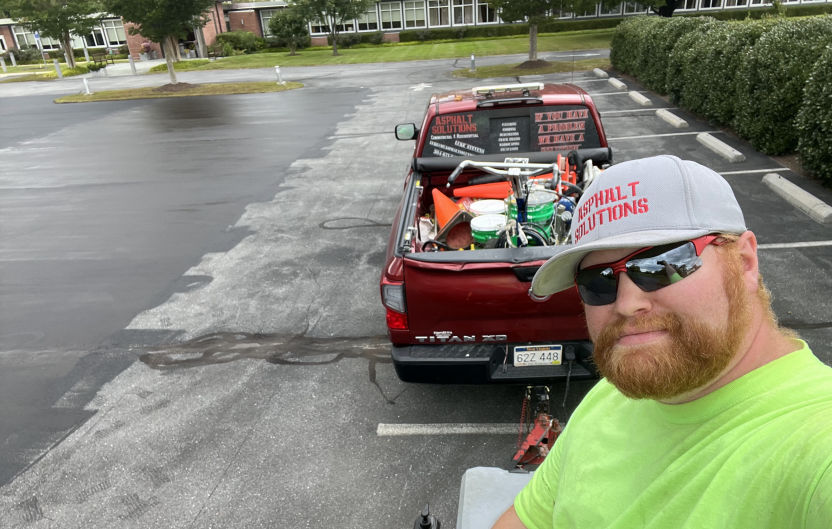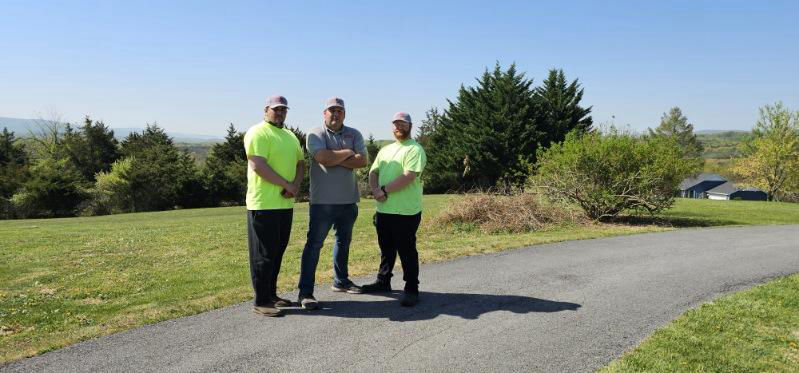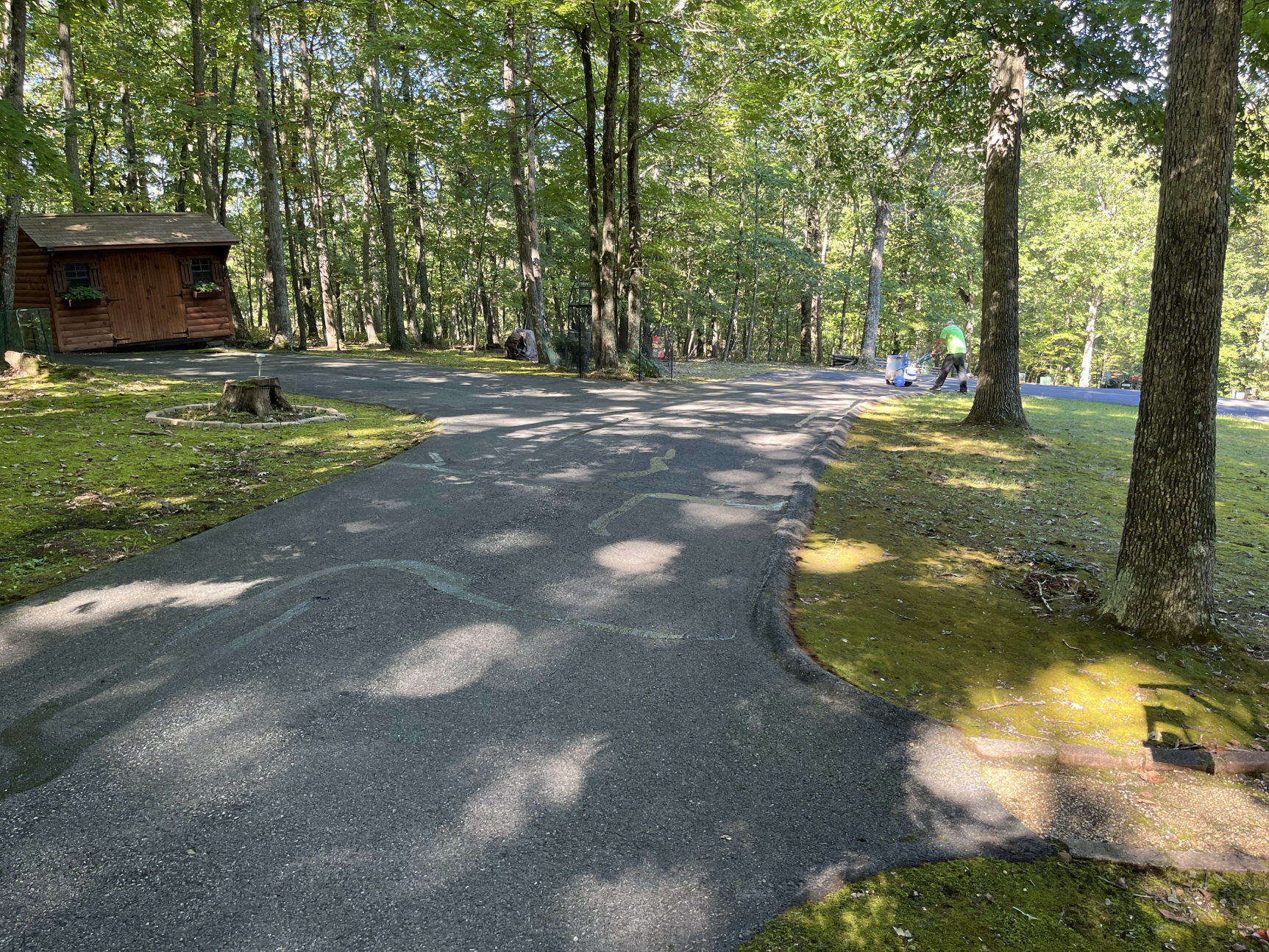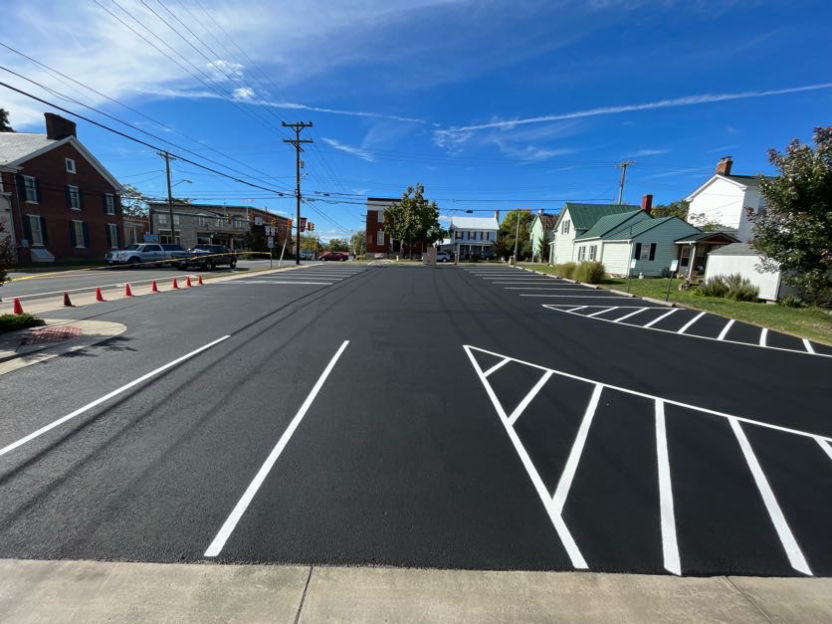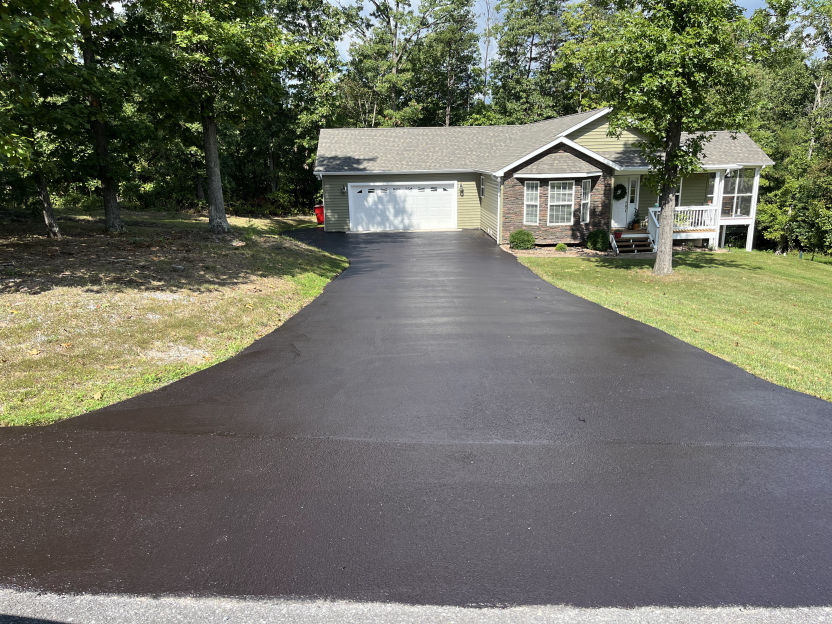Based in Bunker Hill, West Virginia, Asphalt Solutions was started to be your one-stop solution for all your asphalt needs. Everything from new asphalt to making your existing asphalt look new again, we are here to help. With over 25 years of experience, we guarantee you will not be disappointed with with our friendly service and hard work. We can handle any problem you might be having in or around your asphalt.
Not only that, we promise to do a better job than any other paving contractors in the Eastern Panhandle of West Virginia and Northern Shenandoah Valley of Virginia markets. We're not saying they're bad, were just saying we're better.
The reason for this is simple. We are truly passionate about customer satisfaction. This means when you contract with us, the job isn’t done until you are satisfied. If we make a mistake, we will make it right. We believe that this will keep customers around for a long time. To put it as simply as possible: "WE CARE."
Every day at Asphalt Solutions our entire team strives to provide our customers with the best service, workmanship and materials that our industry has to offer. We aim to give our customers real value on each project that we take on. That means no shortcuts and no shorting the job.
Need a solution for your driveway, parking lot or project? Call Asphalt Solutions today at 304-671-8443!

